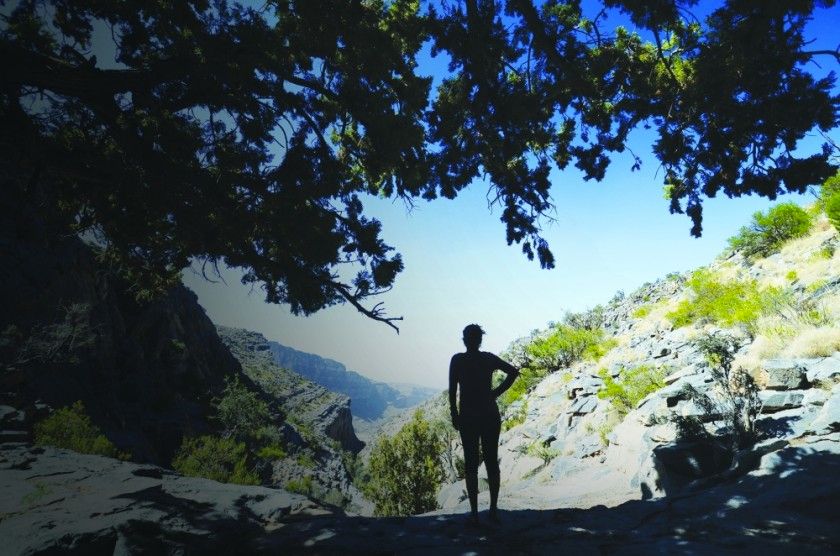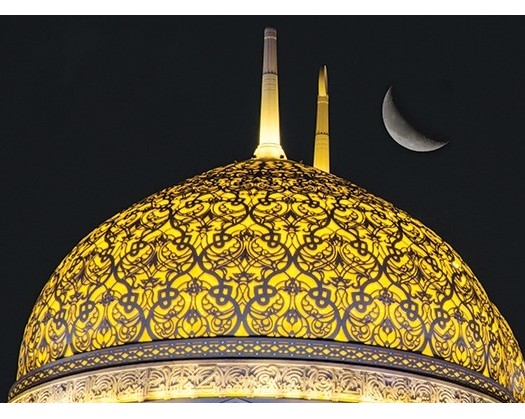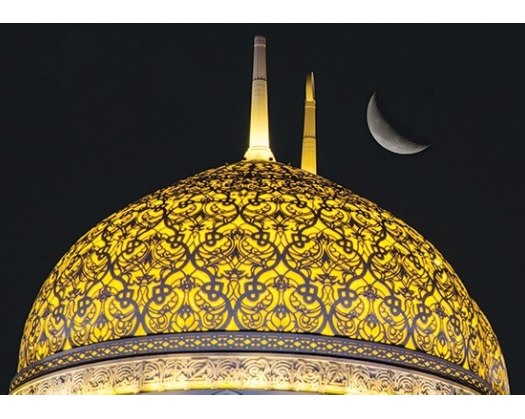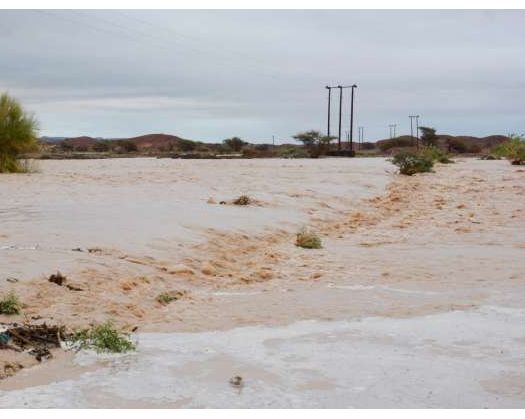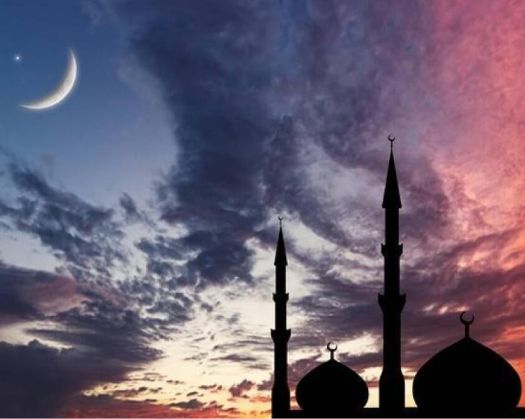Several months ago, a group of French friends and adventurers who specialize in exploring canyons returned to Oman for the fourth time. Their goal was to embark on the first-ever exploration of a significant wadi in the Sultanate, which began at Jabal al Sarah. Personally, I had been eagerly awaiting this moment for over fourteen years.
In 2009, while browsing through Google Earth images, I stumbled upon a distinctive green mark. Intriguingly, there were also multiple trails leading towards it. These trails originated from the very tip of the canyon, in the village of Yiqa. This village is located on the road connecting Al Rustaq and Ibri, approximately one and a half hours away from Muscat.
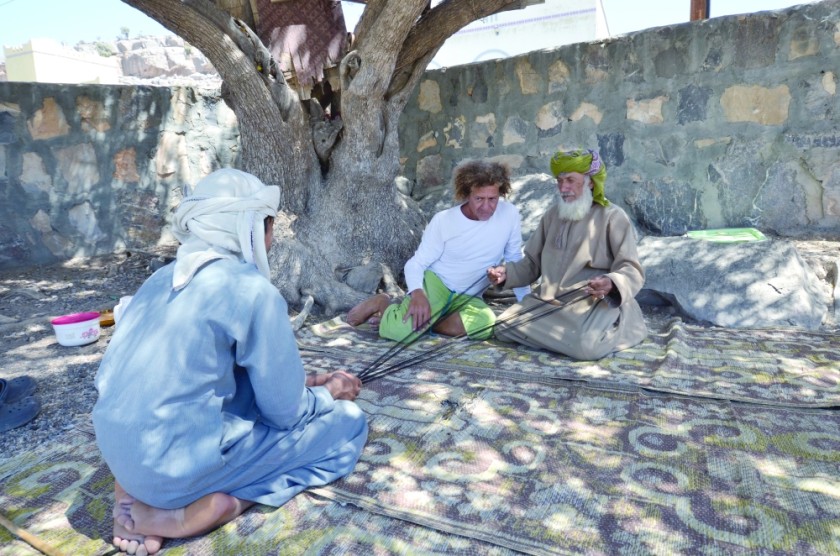
In May 2022, I embarked on my first expedition to study the canyon, starting from the mountain and progressing downstream. Accompanied by my friends Rigel and Mona, we set off from Muscat early in the morning on a Friday towards Jabal Shams. After approximately three hours, we arrived at Aaqabat al Mashbek, the final village accessible by car and close to the canyon's starting point in Jabal al Sarah. To reach the exact location where I had noticed a green mark on satellite images, we had to hike for an additional hour. This spot was situated several hundred meters below the towering cliff on which we stood. Unfortunately, I couldn't accurately measure the vertical drop that day as I had forgotten my range finder at home. However, according to the images on Google Earth, there was a significant height difference of over 500 meters.
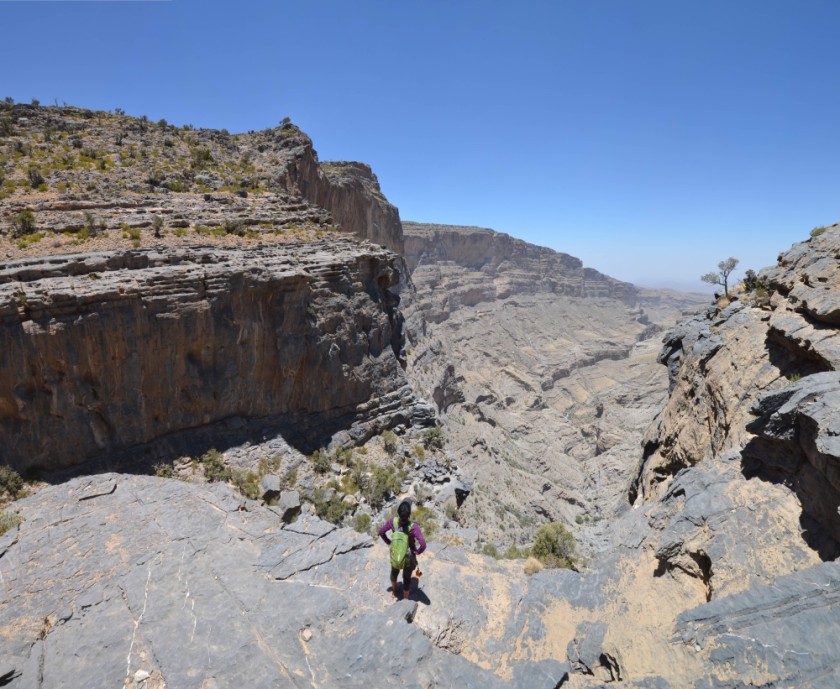
Oman's majestic mountains stand tall and still, creating a mesmerizing sight against the backdrop of the sky. These mountains beckon travelers to embark on a journey of exploration and discovery. The Al Hajar mountain range, which dominates the northeastern landscape of the country, boasts towering peaks that soar above 3,000 meters. This rugged terrain serves as a playground for adventure enthusiasts, including hikers, climbers, and nature lovers. Among these peaks, Jabal Shams proudly stands as the highest, showcasing its awe-inspiring grandeur. It entices daredevils who seek the thrill of conquering its steep cliffs and rewards them with breathtaking panoramic views that extend for miles.
However, it is not only the mountains that captivate explorers in Oman. The wadis, or dry riverbeds, add an additional layer of allure to the country's natural splendor. During the rainy season, these wadis transform into enchanting oases, unveiling pristine pools of crystal-clear water and lush vegetation that remain hidden within their rocky confines.
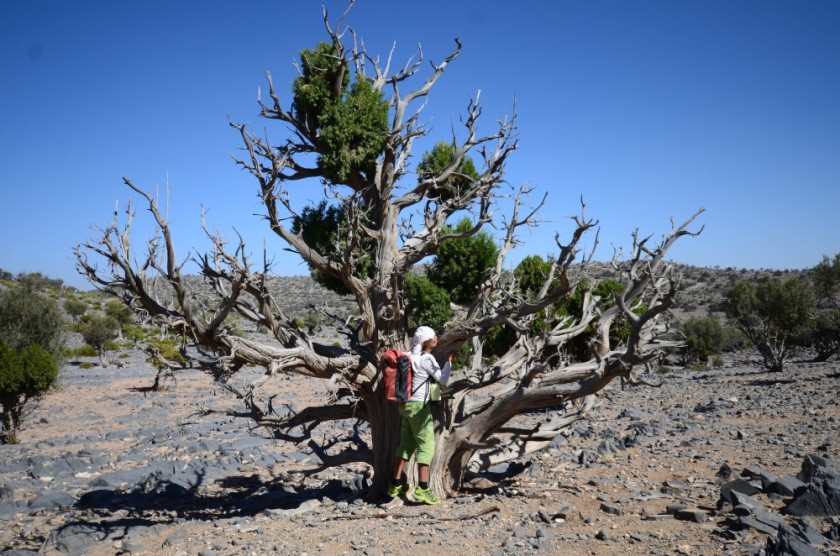
Oman's mountains and wadis possess an irresistible charm that goes beyond their sheer beauty. These awe-inspiring landscapes hold immense cultural and historical significance, deeply rooted in the country's heritage. The locals often share ancient tales and legends associated with these rugged terrains, further enhancing the already enchanting scenery with a touch of mystique.
We had the privilege of capturing numerous photographs of this mesmerizing place we had just explored, overlooking the breathtaking canyon below. As our photo session came to an end, the clock struck 1 pm. Consequently, we decided to find respite from the sun's scorching rays under the shade of a magnificent juniper tree, where we enjoyed a delightful lunch.
After our rejuvenating break, we retraced our steps back to the village, where we encountered some friendly locals who graciously invited us for a cup of traditional "Kahwa" and dates. To our surprise, there were seven of them, and they were genuinely astonished when I mentioned our ambitious plan to eventually cross the entire canyon and reach Yiqa.
Among the villagers, we met a man named Mohamed and his grandson, who were sitting under a tree, skillfully crafting "Iqals" from the wool of their goats. Mohamed informed us that they sell these traditional headbands to Emirati tourists when they visit Jabal Shams. The day was sweltering, and when I requested water, Mohamed's grandson kindly guided me to their "cold water dispenser." To my amazement, it was a waterskin hanging from a tree in the heart of the village square.
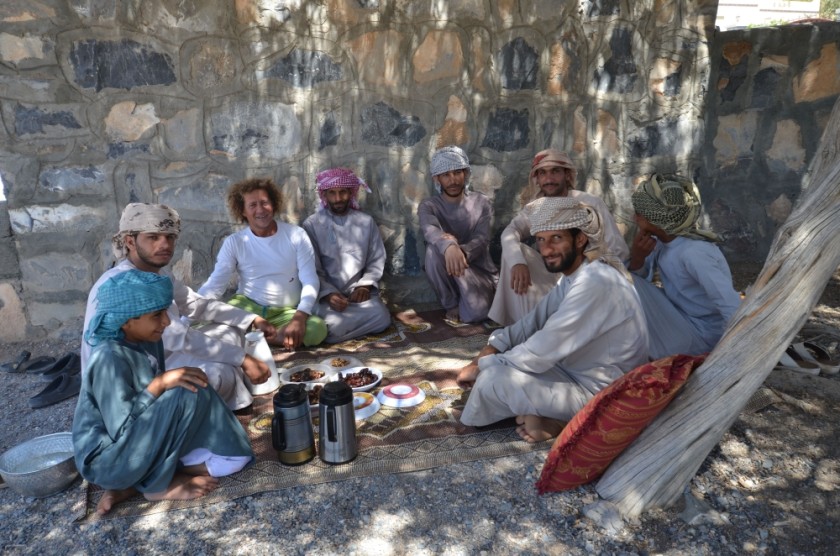
I inquired the young boy if he could demonstrate the proper way to drink from the container. He proceeded to untie a rope on one end of the skin bottle and instructed me to raise the back of it with one hand, allowing the water to flow into my other hand for drinking. Initially, it was quite challenging, but after a few attempts, I managed to succeed. Despite the scorching May heat, the water was surprisingly refreshing. The young lad explained that the container was made from goat skin, which helps keep the water fresh during the summer.
Since it was getting late and our journey back to Muscat was lengthy, we expressed our gratitude to our hosts for their warm hospitality and made our way back home. Mentally, I was already planning my next trip to explore the canyon, this time starting from the opposite end of the wadi in Yiqa and traveling upstream.

